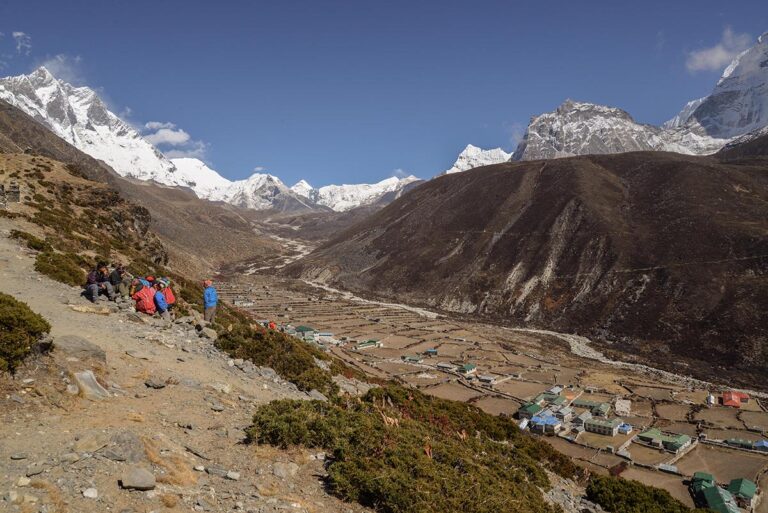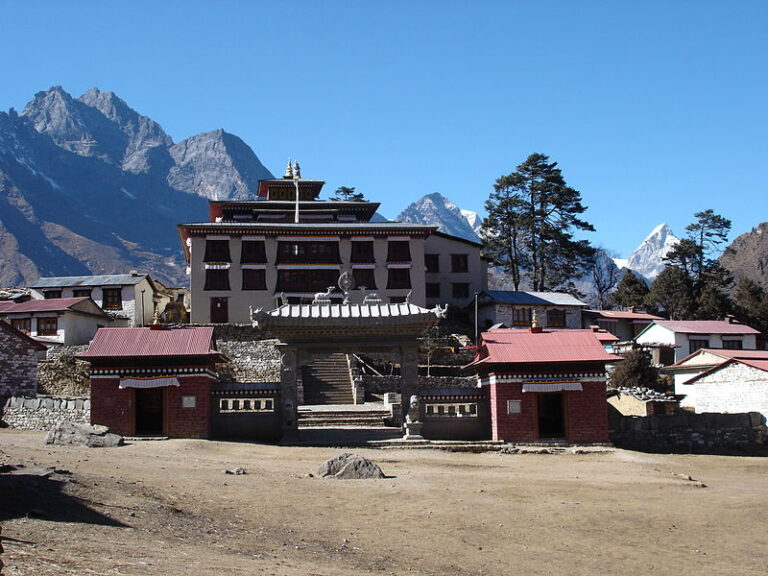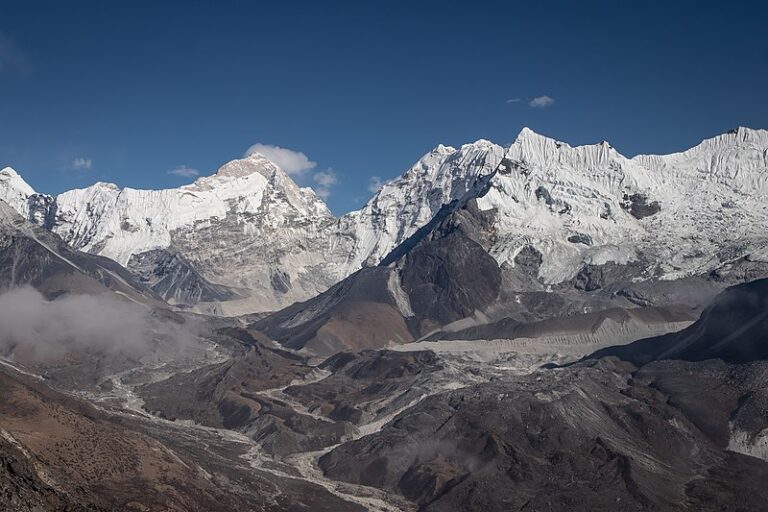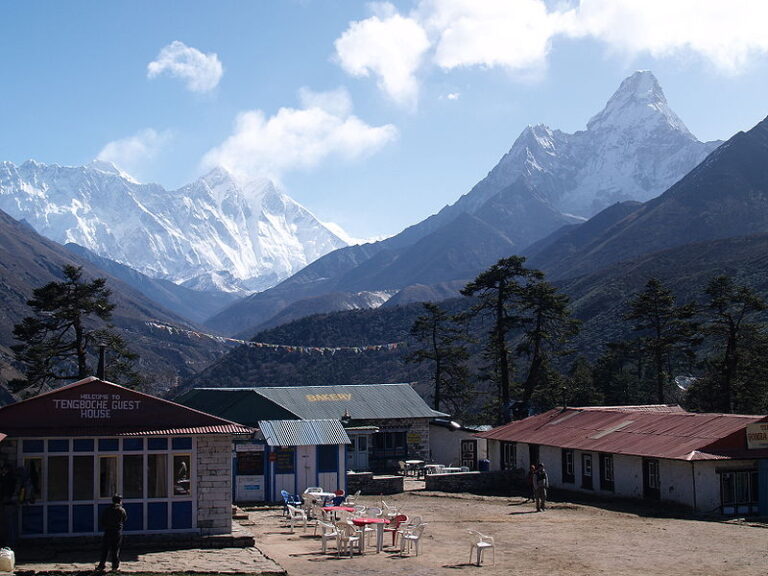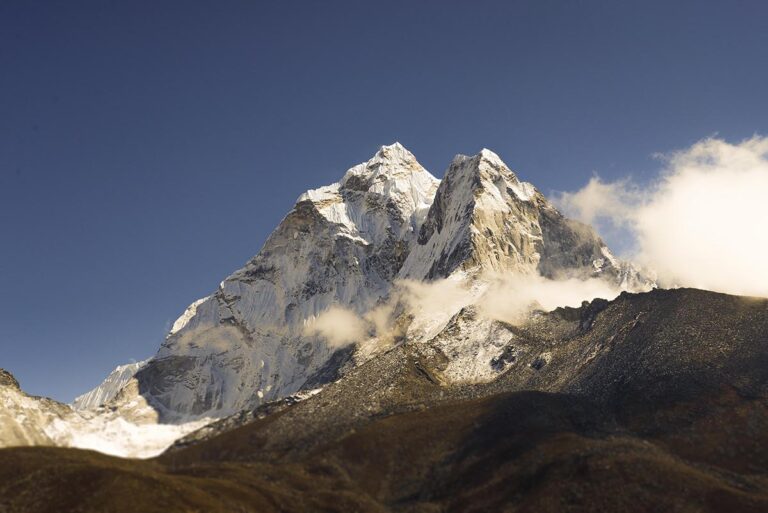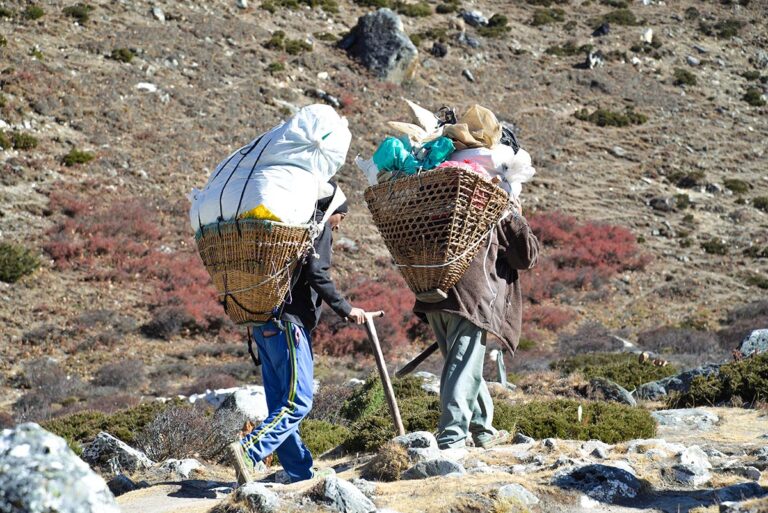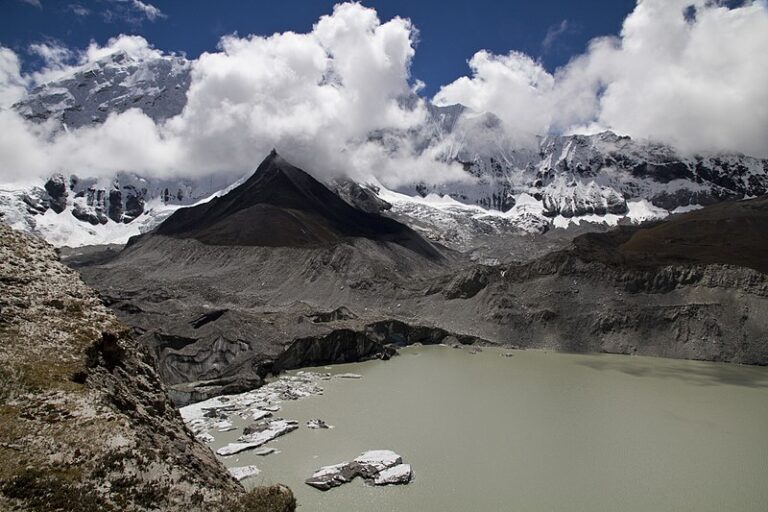Day 01 – Pick you up from the Tribhuvan International Airport in Kathmandu and transfer to hotel.
Day 02 – Sight trip to the historical and ancient places around Kathmandu Valley like Pashupatinath Hindu Temple, Boudhanath Stupa, Patan Durbar Square and Swayambhunath Stupa which is also known as Monkey Temple and brief about the trekking plan by the guide.
Day 03 – Fly to Lukla and trek up to Phakding Village (2610m.a.s.l) – 4 hours walk – We will fly about 30 minutes to get Lukla Airport and trek continuously to Phakding Village pass by many Sherpa villages with the view of Kongde, Nupla and Kusum Kanguru Peak. Trek from Lukla to Phakding would be very joyful walk due to flat trail and the trail offers us to see wonderful mani walls, spinning prayer wheals and prayer flag which is hanging along the trail.
Day 04 – Trek to Namche Bazar (3440m.a.s.l.) – 6 hours walk – The trail leads just bank of the Dudhkoshi river pass by many Sherpa settlements called Tok Tok, Benkar, Monjo and Jorsale Village with the view of Thamserku Peak, green hills and some beautiful waterfalls. From the Jorsalle Village trekkers have to walk on the flat trail about 30 minutes to get Larja Dobhan where can be seen awesome two hanging bridge over the one river and have to climb up about one and half hours to get Namche Bazar through the pine and rhododendron forest.
Day 05 – Acclimatization day – Normally trekkers spend two nights in Namche Bazar to do acclimatization and sight walk. There are many sight trip around the Namche Bazar but still among of them sight trip to Everest view point is being very popular due to see good view of Taboche, Thamserku, Ama Dablam, Kongde Peak and including Mount Everest. The Everest view point is located just north side of the Namche Bazar and can be reach after one and half hours climb from the guest house or Namche Bazar.
Day 06 – Trek to Phortse Village (3810m.a.s.l) – 6 hours walk – Trek start with the gorgeous view of Thamserku Peak and Kongde Peak then appears continuously Taboche Peak, Ama Dablam, Cholatse and as well as far view of Everest and Lhotse Mountain. We will walk about two hours on the flat trail to get Kyanjuma Village, which is junction point of the trail to Gokyo Valley and Everest base camp. We will take trail to Gokyo Valley and need to climb up an approximately one hour to get Mong Danda that offer us to see closer view of Ama Dablam, Taboche and Cholatse Peak. From here we will walk down approximately one hour and appear a guesthouse where we will do our lunch of the day. After lunch we will head to Phortse Village taking by the right hand sides trail doing by short flat trail and after one hour climb up we will be in Phortse Village where dozen of guest house are providing comfortable bedrooms.
Day 07 – Trek to Dingboche Village (4410m.a.s.l) – 6 hours walk – Trek from Phortse to Dingboche would be one of the pleasant walk due to closer view of mountains, green forest, charm landscapes, river valleys and mostly walk on the flat trail. After three hours walk, we will be in Pangboche Village, which is big settlement of Sherpa people and offers to explore one of the old monastery known as Pangboche Gompa and many Buddhist monuments. After Pangboche Village we will head to Dingboche Village pass by Somare Village, unnumbered chortens, which are built along the trail. Trek from Pangboche Village to Dingboche offer us to see awesome view of Ama Dablam, Island Peak, Nuptse and Lhotse mountains. Their are dozen of guest house in Dingboche village and offer us comfortable bedrooms and delicious meal.
Day 08 – Trek to Chukung Village (4730m.a.s.l) -3 hours walk – Today we gonna be do only three hours to get Chukung Valley but still there are many sight trips around the village so after lunch in Chukung village we will go either Island base camp or Chukung Ri view point. Island base camp command us to see many snow caved peaks, Imja Tsho Lake, Glaciers and beautiful Himalayan valley. Sight trip to Chukung RI viewpoint command us to see closer view of Nuptse, Lhotse, Amphu Lapcha, Ama Dablam and awesome view of Chukung and Dingboche Village valley.
Day 09 – Trek to Tengboche (3860m.a.s.l) – 5 hours walk – From today we will start to return back to Lukla pass by Dingboche, Somare and Pangboche Village which are we left and passed just couple of days ago. Mostly we will do gentle downhill to get Pangboche Village with the view of same mountain views. From Pangboche Village we will head to Tengboche Village through the dense forest of rhododendron and pine trees. Tengboche Village is located just top of the hill and offers us to visit more than 600 years old monastery called Tengboche Gompa.
Day 10 – Trek to Namche Bazar (3440m.a.s.l) – 6 hours walk – he trail gently descend from the yard of the guest house to the Fungitanga Village that may takes an about two hours and we will climb an about one and half hours to get Kyanjuma Village through the pine and rhododendron forest with view of mountain vista and green hills. We will have our lunch in Kyanjuma Village then two hours pleasant walk take us to Namche Bazar.
Day 11 – Trek to Phakding Village (2610m.a.s.l) – 5 hours walk – Begin of the morning we will walk downhill trail an about one hour to get Larja Dobhan then rest of the trek to Phakding Village is very pleasant walk due to walk through the forest with the view of green landscape and vista stunning view of Thamserku Peak.
Day 12 – Trek to Lukla Bazar (2840m.a.s.l) – 5 hours walk – We will pass many Sherpa villages called Ghat, Thadokoshi, Chheplung and Chaurikharka with the view of Kusum Kanguru and Kongde Peak. Along the trail we will see many chortens, stupa, monasteries and Buddhist incantation, which are carved on the huge rocks of the center of the trail.
Day 13 – Fly back to Kathmandu – Early in the morning we will fly back to Kathmandu with magnificent views of high Himalayas including Mount Everest and its neighbors.
Day 14 – Final departure – After successful trip of Imja valley trek you will fly back to your homeland with great outdoor experience and many tales about mountains, jungles, Nepali people and their culture, traditions and unique costumes that makes you a storyteller among your friends and colleagues.
